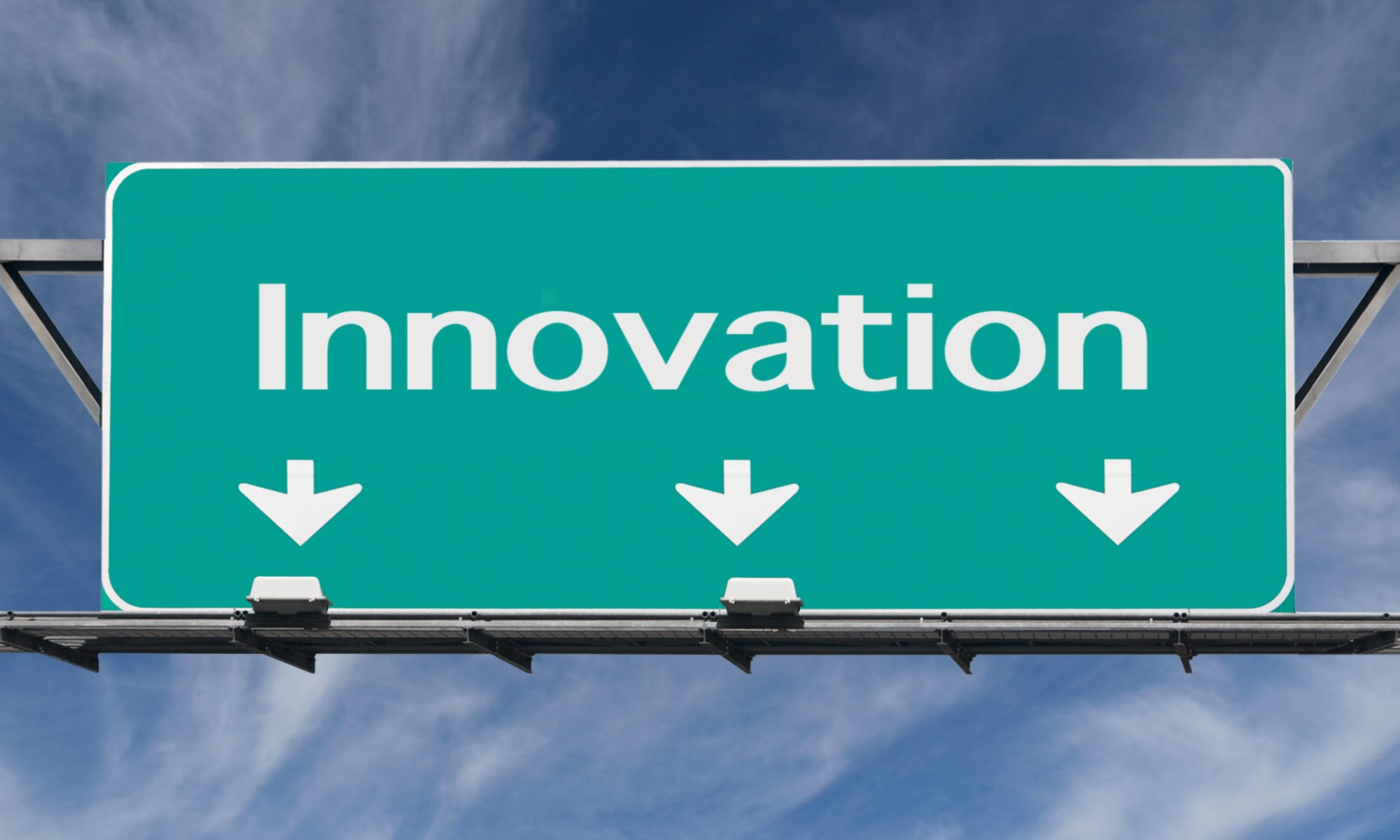Technology as a Catalyst for Employee Engagement
Employee engagement is the measure of an employee’s connection to the mission of their organization and commitment to bringing their best every day. Strong engagement means employees feel they have a say in the business of the organization and they feel they are a part of something larger than themselves. Engaged employees are essential to the growth and success of an organization. They will drive innovation, they will be motivated to stretch beyond their limits, and they will act as owners of the business, deeply invested in its impact and success.
Sadly, research reflects that only 30% of employees feel actively engaged with their organization. Fifty percent are passively engaged, and 20% reported that they are “actively disengaged.” A business cannot thrive, and certainly cannot make an impact if these are its employee statistics.
For an employee to feel engaged, they must enjoy ongoing interaction and collaboration with their colleagues. They must be consistently motivated—and challenged—by their colleagues and their leaders. They must feel safe and comfortable in their work environment. They must receive recognition in a way that truly makes them feel as if they are making a difference, and they must feel they can express themselves authentically and make mistakes without fear of reprisal.
The Fedcap Group is comprised of 17 different companies—each with its own mission, and each with its own unique history and culture. Our geographic footprint stretches—for now—across the United States and the United Kingdom. And yet, we all are united in a common mission to improve the long-term self-sufficiency and social well-being of the impoverished and disadvantaged. Underscoring our united mission is a structure so sturdy that no matter where our employees are geographically or where they sit within the company, mechanisms are in place to shrink time and distance so that there is intentional collaboration and interaction—cornerstones of employee engagement.
Technology is obviously an integral part of most businesses. At The Fedcap Group, we are intentional about using it specifically to enhance employee engagement. The choices we make to grow our technology are always made with the caveat that whatever we choose will support collaboration, interaction, innovation, and drive. Salesforce™ tells the story of our relationships with contractors and stakeholders. Oracle unites our employees with a common language around financials, procurement, and human capital management. Our intranet is a consistent point of outreach to engage employees in questions and opportunities for recognition and topics relevant to our mission.
As we have become more and more intentional about using technology as a tool for employee engagement, there has been a marked increase in employee retention, learning, and professional growth. The result is more innovation, more drive, and more solutions to tough problems. Communication, collaboration, integration, and common language all culminate in an environment where we are better united in our mission and active support—not only of those we serve, but also each other, resulting in strong engagement across the organization.




